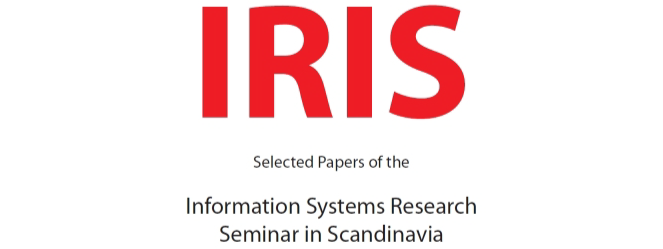Abstract
The lack of integration of public organizations and services is a recurring challenge for scholars, policymakers, and citizens. Within the e-government field, scholars have presented web-stage models, which predict that digitization will lead to a fully integrated public sector and seamless user journeys for citizens. Although these models have not delivered on their promises, scholars and policymakers still regard digitization as a means to integrate the public sector, achieve efficiency gains, and improve service quality. We argue that the web-stage models overlook barriers to integration, as they are mostly conceptual, and primarily focus on the potential of technology, rather than its actual implementation and use. Moreover, the models occur on the organizational level of analysis and ignore citizens and their actual experiences. Therefore, we present an empirical study of how citizens experience crossorganizational interaction during benefit application following a family break-up or divorce. Through observations, contextual interviews, focus group discussions and workshops we identify seven challenges citizens experience. These challenges make citizens aware that they are interacting with different organizations and break their experience of an integrated public sector. Further, the challenges cause citizens to turn from the digital channels towards traditional channels to complete their interaction. Thus, the lack of integration challenge both citizens’ satisfaction and efficiency gains from public sector digitalization.
Recommended Citation
Madsen, Christian Østergaard and Christensen, Lars Rune, "Integrated and seamless? Single Parents’ Experiences of Cross-Organizational Interaction" (2019). Selected Papers of the IRIS, Issue Nr 9 (2018). 5.
https://aisel.aisnet.org/iris2018/5


